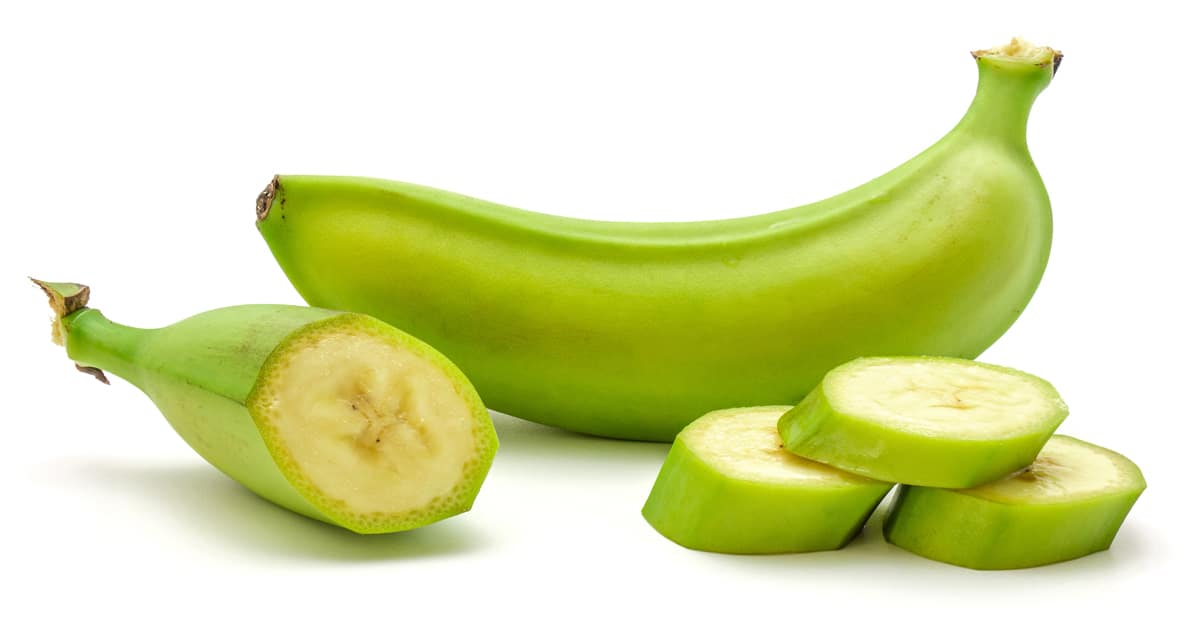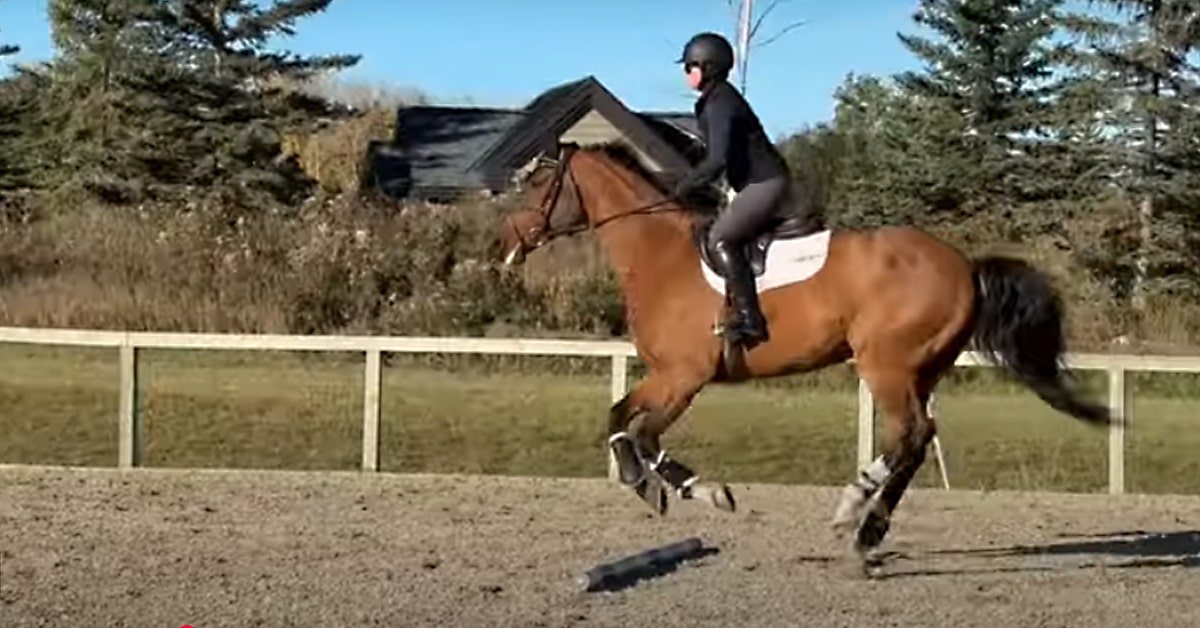When your horse injures a tendon, it’s a big deal. Permanent lameness could result, or you could be faced with reinjury to the tendon just a few months after it is apparently healed. Veterinarians are adding new stem cell therapies to their arsenal for these problematic tendon injuries – with promising outcomes.
What are Stem Cells?
In the beginning, for every living creature, there is a single cell. That cell divides and becomes two, then four, then eight, and so on. As the cells continue to multiply, they begin to change, developing into the various organs of the body such as the heart, liver, and skin; bones, tendons and muscle, and everything else. The cells in an embryo at these very early stages are called “totipotent” stem cells: they can become any kind of cell needed by the body, depending on where they end up. (“Pluripotent” embryonic stem cells can become any tissue in the body, excluding placental cells.)
While these super-powerful stem cells don’t exist past this early stage of development, there is another type of stem cell that can be found in the body throughout the life cycle: mesenchymal stem cells (MSCs). In adult horses, for example, stem cells can be extracted from bone marrow (BM-MSCs, usually from the sternum or hip) and then cultured in a laboratory until they multiply enough for a sufficient dosage. Fatty (adipose) tissue (AT-MSCs) can also be a source of stem cells; these are usually extracted from fatty deposits near the top of the horse’s tail. It takes a minimum of three weeks to get these cells removed and grown into the larger amounts needed for a treatment.
The stem cells extracted by these two methods don’t have the capacity to turn into any cell as the embryonic ones are capable of, but they can become at least three different types: bone, muscle or tendon.
Why do adult horses still have stem cells at all? The theory is that the horse’s body stores these cells until needed to repair injuries. When veterinarians collect and populate these cells until there are 10-20 million present, then inject them into the horse’s body at the site of the problem, healing can be enhanced and tissues strengthened.
A reduced rate of re-injury is the main benefit found by research, suggesting that healing with stem cell therapy in some way strengthens the tendon. For some individual horses, this approach may also eliminate lameness when nothing else is helping.
How do Stem Cells Work?
In horses, stem cells are frequently used to help with tendon injuries or inflammation (tendonitis). They are most likely to be effective if injected soon after the injury (within 44 days, according to research). But that can present a challenge: horse owners may not immediately recognize that their horse’s lameness is caused by a tendon injury, and it takes time to arrange for the extraction of the stem cells and the replication process in the lab.
Ontario Veterinary College professors Dr. Judith Koenig and Dr. Thomas Koch hope to improve the odds of getting effective treatment to horses more quickly. Their new technique extracts stem cells from the umbilical cords of newborn foals (UC-MSCs). Cord blood cells taken at birth are younger and possess superior capabilities of dividing and creating different types of tissues.
Koenig explained their research: “We have taken umbilical cord blood from foals, extracted and increased the number of stem cells, and injected them into the joints of unrelated horses where we had first created some inflammation. And with the stem cells, the inflammation in the joints of these horses got better.” The stem cells have also been used with horses who developed tendon injuries, and these have shown improvement as well.
Although the stem cells are from the umbilical cords of foals who are not genetically related to the horses who receive them, this does not seem to cause any problems other than some local, transient inflammation at the site of the injection. “Through our research, we have proven that this is safe,” said Koenig.
She believes the stem cells may act in one of two ways. “The first possibility is that they may have a progenitor function,” she said. “That means they create the normal tendon architecture, turning into collagen or other types of cells as needed. Secondly, they may secrete cytokines to attract other cells and rebuild the injured area.”
An important part of this process is injecting the lesion or injured area at an early stage. Koenig explained that they try to do the first injection within two weeks of the injury or the beginning of inflammation, and then again a month later. They have also used a treatment method where stem cells are injected into the artery leading to the affected area; research has shown that the stem cells added to the bloodstream do go to the site of the injury or inflammation and promote healing.
Koenig added that some horses – about 9% in one study – experienced what Koenig called “flares.” At the site of the injection, the joints became swollen and the horses were significantly lame. Koenig successfully managed this with painkillers and ice, but no antibiotics (some antibiotics can kill the stem cells) and the flare resolved after two days.
Stem Cells on the Shelf
One of the most exciting parts about Koenig and Koch’s approach is that this has the potential to eliminate the three-week minimum waiting period to get stem cells from the injured horse. Instead, stem cells could be extracted from the blood in the umbilical cords of a large number of foals, then frozen and stored until needed.
“Then, when a horse has a tendon injury and stem cell therapy seems to be the best approach, you can just take the package out of the freezer and treat the animal,” she explained.
Early diagnosis remains a key element in successful treatment, though. Koenig said she feels very sad when someone brings a horse in three months after a tendon injury. While she will do her best to help the horse heal, she said that it is always in the back of her mind that so much more could have been done if the horse had been brought in earlier.
The cost for stem cell treatments at OVC’s large animal clinic is between $2,000-$2,500; Koenig hopes more owners will bring their horses with tendon problems to the clinic to be included in their research. Interested horse owners should contact Judith Koenig at jkoenig@uoguelph.ca or the Large Animal Hospital at 519-823-8840.
The Latest









